The
FALL
of the
HOUSE of
WALWORTH

A T ALE OF
M ADNESS AND M URDER
IN G ILDED A GE A MERICA
Geoffrey OBrien
A J OHN M ACRAE B OOK
H ENRY H OLT AND C OMPANY
N EW Y ORK

Henry Holt and Company, LLC
Publishers since 1866
175 Fifth Avenue
New York, New York 10010
www.henryholt.com
Henry Holt and  are registered trademarks of Henry Holt and Company, LLC.
are registered trademarks of Henry Holt and Company, LLC.
Copyright 2010 by Geoffrey OBrien
All rights reserved.
Distributed in Canada by H. B. Fenn and Company Ltd.
Library of Congress Cataloging-in-Publication Data
OBrien, Geoffrey, 1948
The fall of the house of Walworth: a tale of madness and murder in gilded age America / Geoffrey OBrien.1st ed.
p. cm.
A John Macrae book.
Includes bibliographical references.
ISBN 978-0-8050-8115-2
1. Walworth, Mansfield Tracy, 18301873. 2. Walworth, Mansfield Tracy, 18301873Family. 3. Walworth, Frank H. (Francis Hardin), 18531886. 4. Walworth, Clara Grant, b. 1886. 5. FamiliesNew York (State)Saratoga SpringsBiography. 6. Mental illnessNew York (State)Saratoga SpringsHistory19th century. 7. ParricideNew York (State)New YorkHistory19th century. 8. Saratoga Springs (N.Y.)Biography. 9. Saratoga Springs (N.Y.)Social life and customs. 10. Social changeNew York (State)Saratoga SpringsHistory. I. Title.
F129.S3O24 2010
974.7'48041092dc22
Henry Holt books are available for special promotions and premiums.
For details contact: Director, Special Markets.
First Edition 2010
Designed by Meryl Sussman Levavi
Printed in the United States of America
1 3 5 7 9 10 8 6 4 2
This book is for
Flaminia Ocampo
They were angry voices, too; and then a low curse succeeded, as if muttered savagely, between closed teeth. Then an agonized cry, such a cry as once heard, never fails to haunt the memory: Murder! murder! Oh! God! dont kill me! Murder!
M ANSFIELD T RACY W ALWORTH
Hotspur, A Tale of the Old Dutch Manor (1864)
This is dreadful news. What an unfortunate family!are you sure he was murdered?were there marks of violence?
M ANSFIELD T RACY W ALWORTH
Stormcliff, A Tale of the Highlands (1864)
At this instant a cry reached her ears which made her blood curdle. Murder! murder!... The sound was immediately followed by a heavy fall, and then all was still again.
M ANSFIELD T RACY W ALWORTH
Warwick, or The Lost Nationalities of America (1869)
In less than ten minutes the whole household were startled by the cry of help, helpmurder.
M ANSFIELD T RACY W ALWORTH
Beverly, or The White Mask (1872)
He was alone, and the blood was flowing rapidly from him. He tried to call succor to him. His voice reached no human ear. He saw that he was to go upon the last journey without a friend to clasp his hand and receive his dying commissions. He could not summon his relatives. He must bleed and die alone.
M ANSFIELD T RACY W ALWORTH
Married in Mask (1873)
Contents
The
FALL
of the
HOUSE of
WALWORTH
1

A Haunted House
There was a woman who lived alone in a house with fifty-five rooms. It was dark in the house. She kept the curtains drawn by day, and most of the rooms she never entered after nightfall.
The house stood at the north end of Broadway, the celebrated main thoroughfare of the city of Saratoga Springs, New York. It was built in 1815 and acquired the name Pine Grove from the stand of pines that loomed over it. Back then its site was an outlying corner of a village just beginning to grow into a national showcase. The house grew larger along with the village. By the time Clara Grant Walworth was born in 1886, it had expanded extravagantly beyond its original dimensions and went by the name of the Walworth Mansion.
In 1952, as Clara contemplated the end of her days, the house was very much in the center, but of what? Saratoga Springs was a place she now found hard to recognize. The house was different too from what it had been in the time of her ancestor Chancellor Walworth. The protective pines were long gone, most of them cut down before her birth, the surrounding grounds sold off, and the original compact Walworth home obscured (as it changed from residence to courthouse to boarding school to hotel, reverting finally to residential seclusion) within the annexes and additional stories built around and on top of it. The original one-and-a-half-story dwelling had been buried within the creaking hulk of a Victorian warren of tiny bedrooms and airless corridors. Within that warren Clara had spent her first months, her summers, and her holidays. Since turning fifty she had hardly left the place.
Outside, in the Saratoga Springs of the early 1950s, the old hotelsthose still standingwere falling into decay. The decline had been steady for as long as Clara could remember. The symptoms were by now unmistakable. The splendors of Saratoga Springs were reduced to parking lots and orange-juice stands and neon-lit taverns, thronged with a new generation of tourists who knew nothing of the history that had taken shape here. At night cheap gamblers padded in bathrobes through the dark and narrow hallways of the once luxurious Grand Union Hotel.
The corruption of Saratoga was nowadays a national scandal. Local politicians and racket bosses submitted to federal investigation. The hearings were on television, so the whole world could see how thoroughly the town had been bought up, decades ago, by the likes of Arnold Rothstein and Joe Adonis and Meyer Lansky, gangsters in whose gaudy lake houses anything could happen. The townspeople had been happy to take the money and look the other way.
One way or another, this had been going on for years. You might say it had been going on ever since John Morrissey, a low-life Irish boxer from the back streets of Troy, had started up his gambling business during the Civil War. But the ruffians and vulgarians of Claras parents and grandparents time began in retrospect to assume an air of respectabilityeven dignitycompared with the rot that had set in since. Morrissey, after all, had at least kept the locals out of his establishment, and shut down the gambling tables on Sundays.


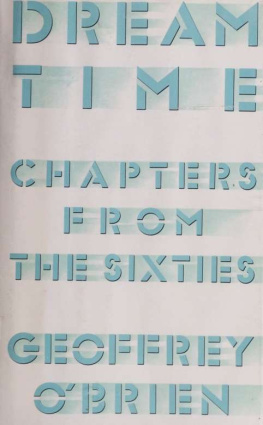
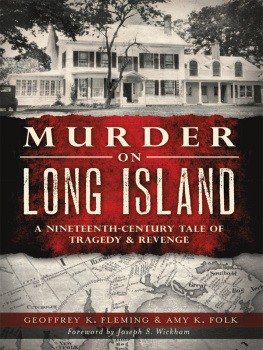


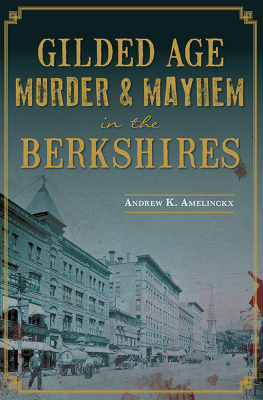
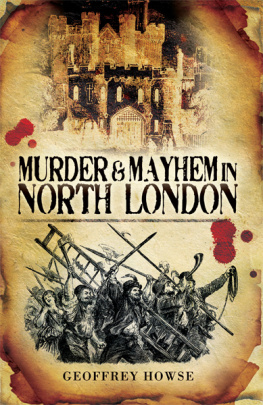
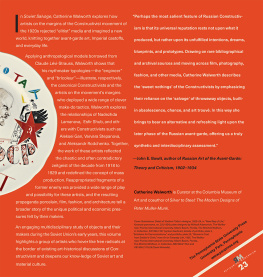
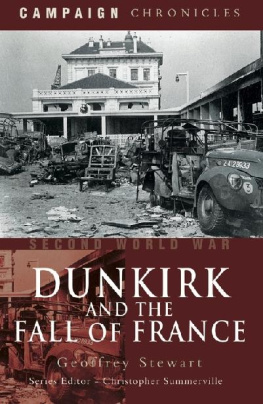
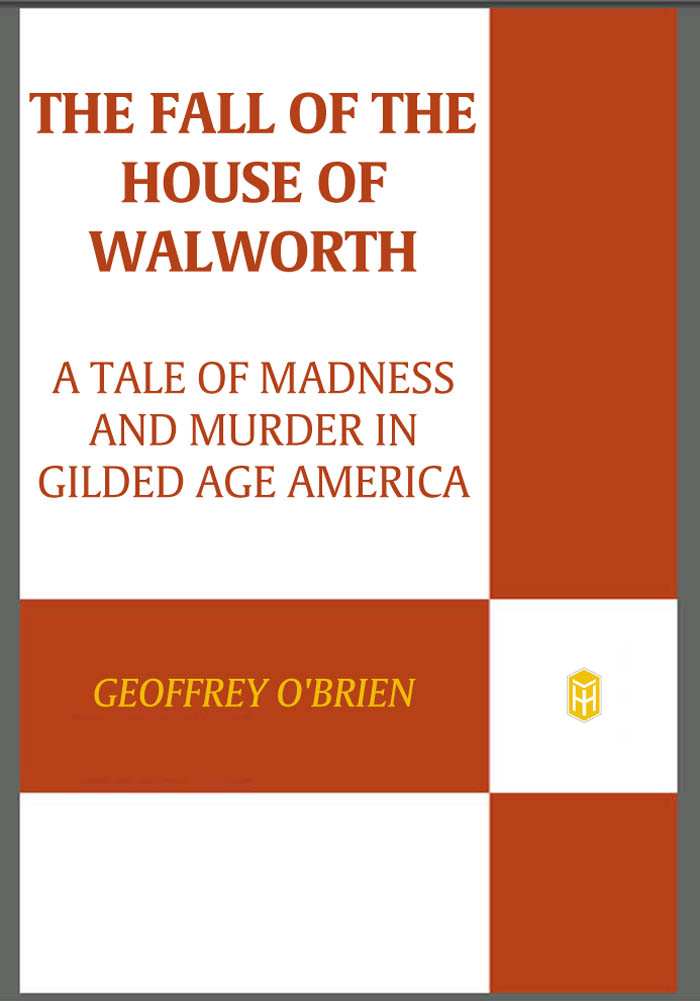


 are registered trademarks of Henry Holt and Company, LLC.
are registered trademarks of Henry Holt and Company, LLC.